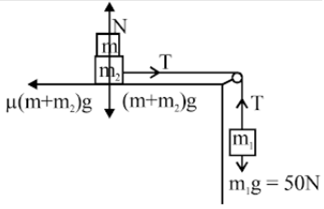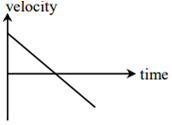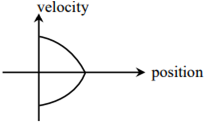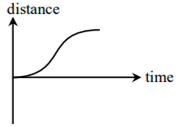Two masses m1 = 5 kg and m2 = 10 kg, connected by an inextensible string over a frictionless pulley, are moving as shown in the figure. The coefficient of friction of the horizontal surface is 0.15. The minimum weight m that should be put on top of m2 to stop the motion is :
10.3 kg
18.3 kg
27.3 kg
43.3 kg
C.
27.3 kg
Given: m1 = 5kg;
m2 = 10 kg
μ = 0.15
For m1, m1g -T =m1a
= 50-T = 5 x a
and T - 0.15 (m+10) g = (10 + m)a
For rest a = 0
or 50 = 0.15 (m +10) 10

The minimum value from the options, satisfying the above condition is, m = 27.3 kg











